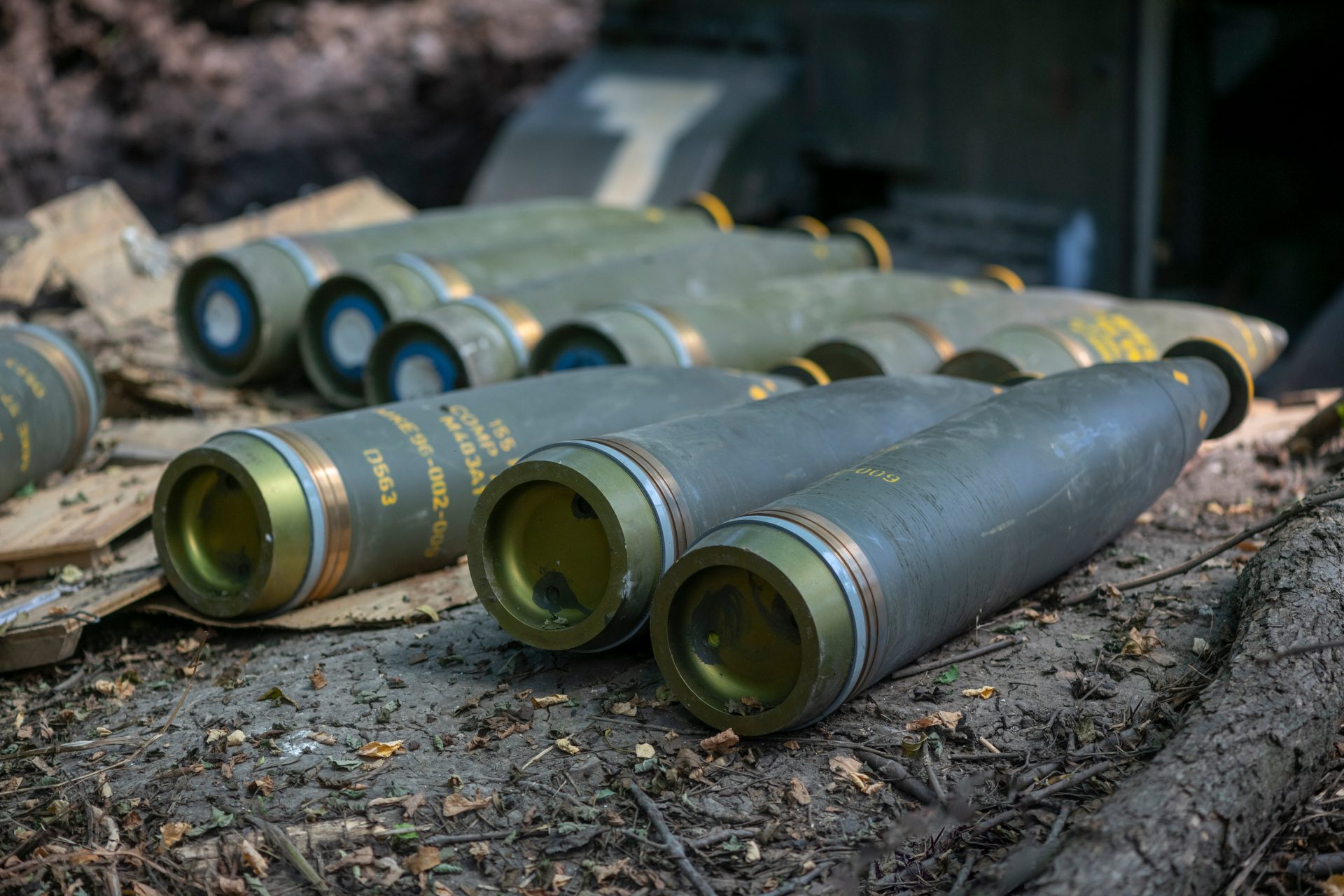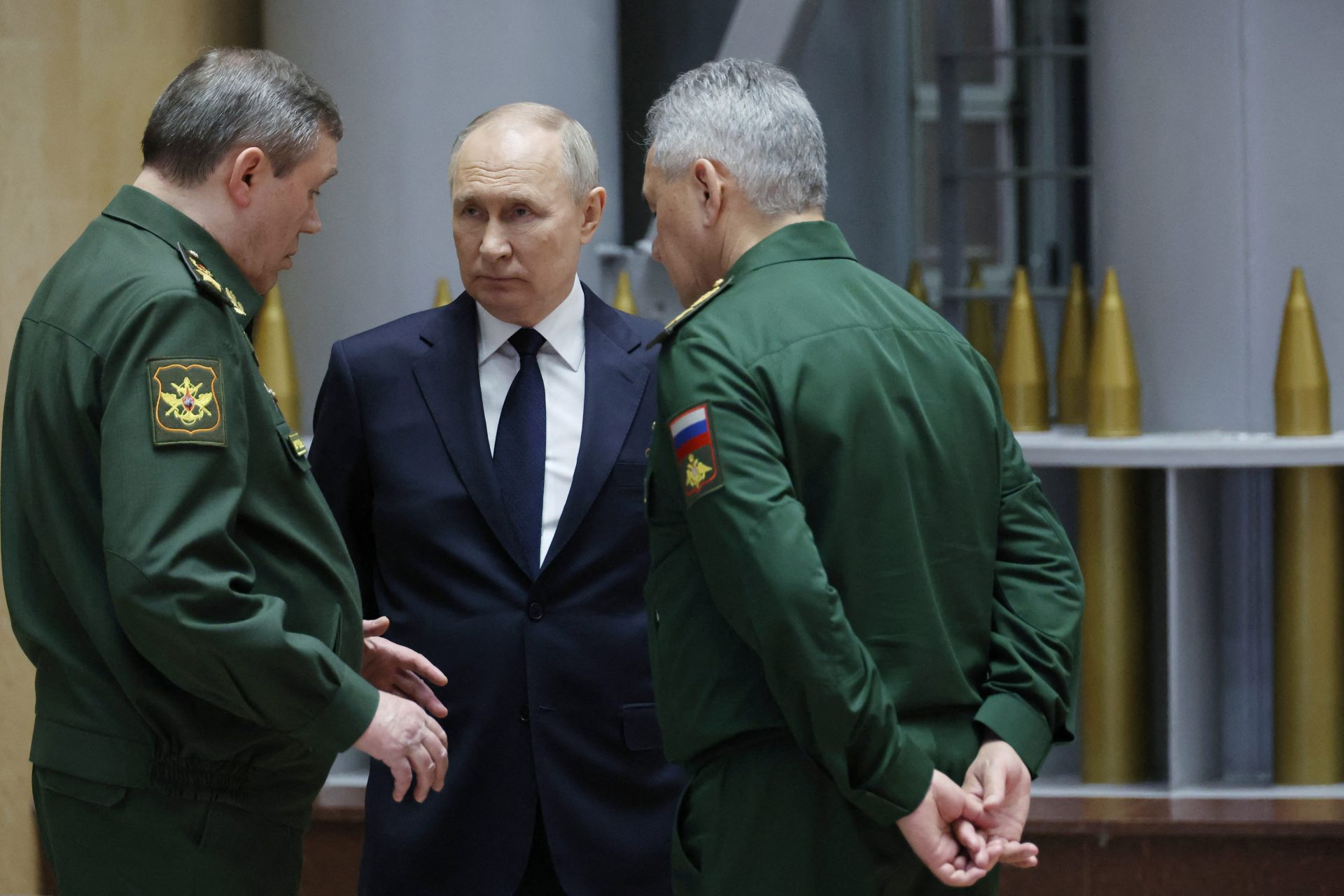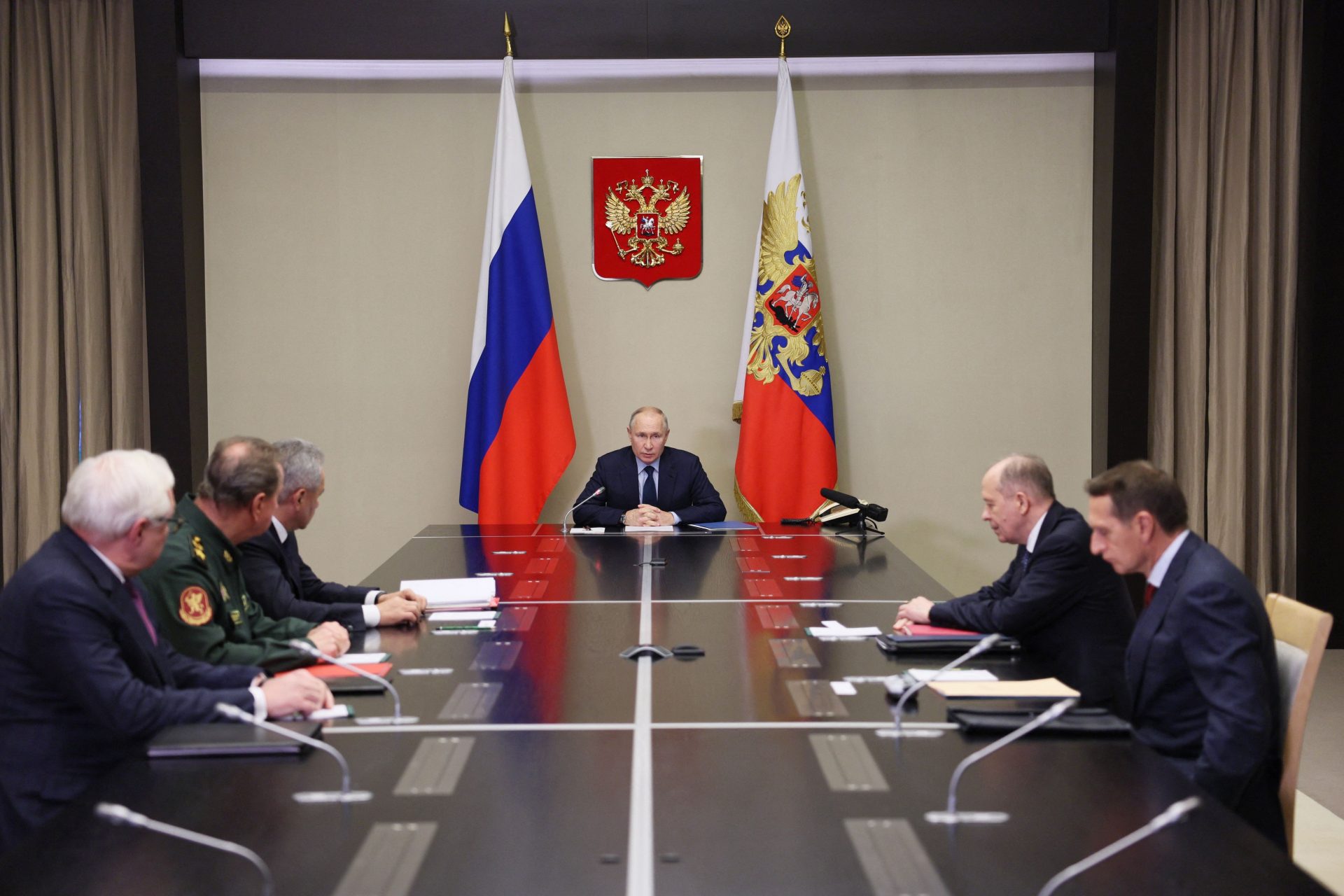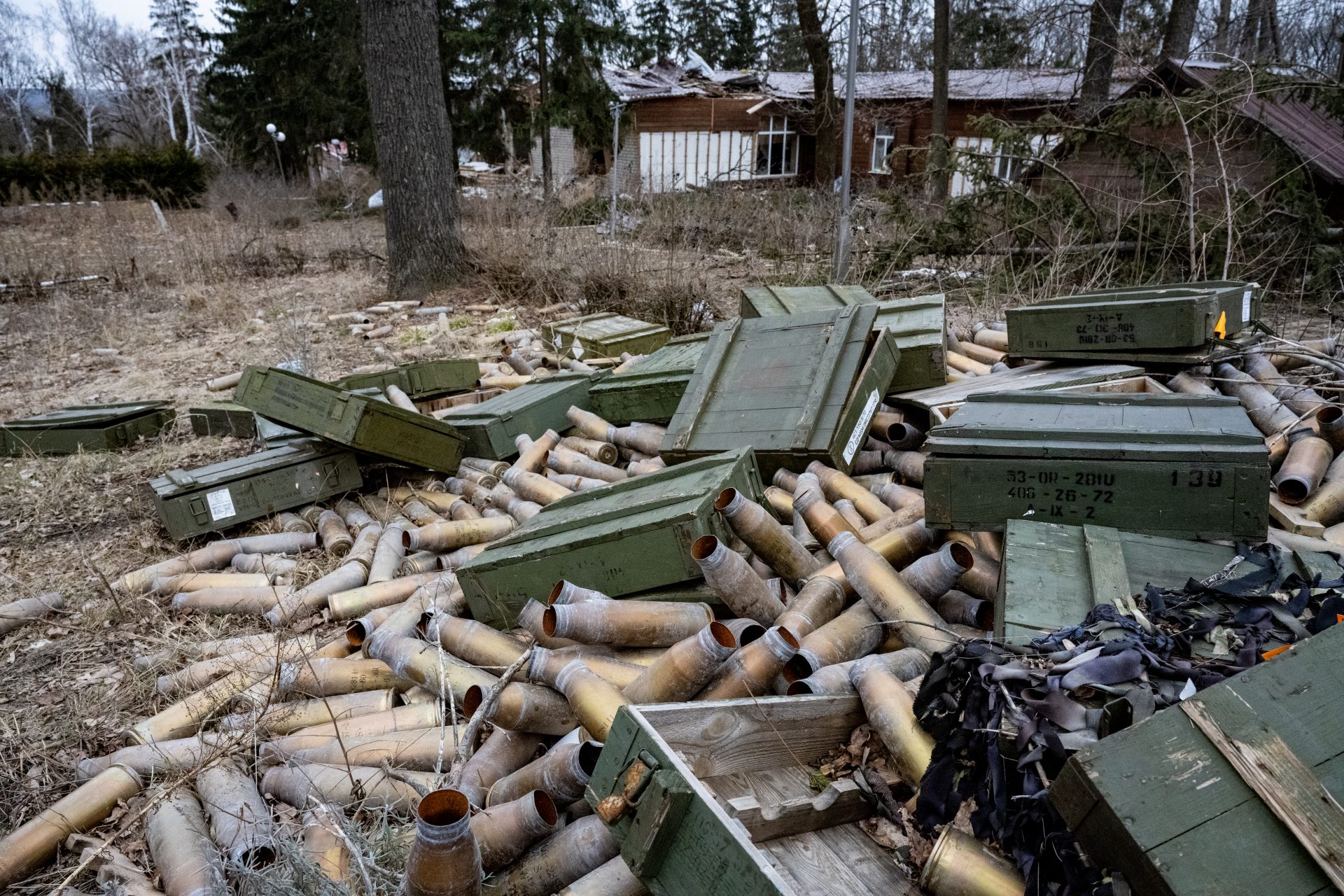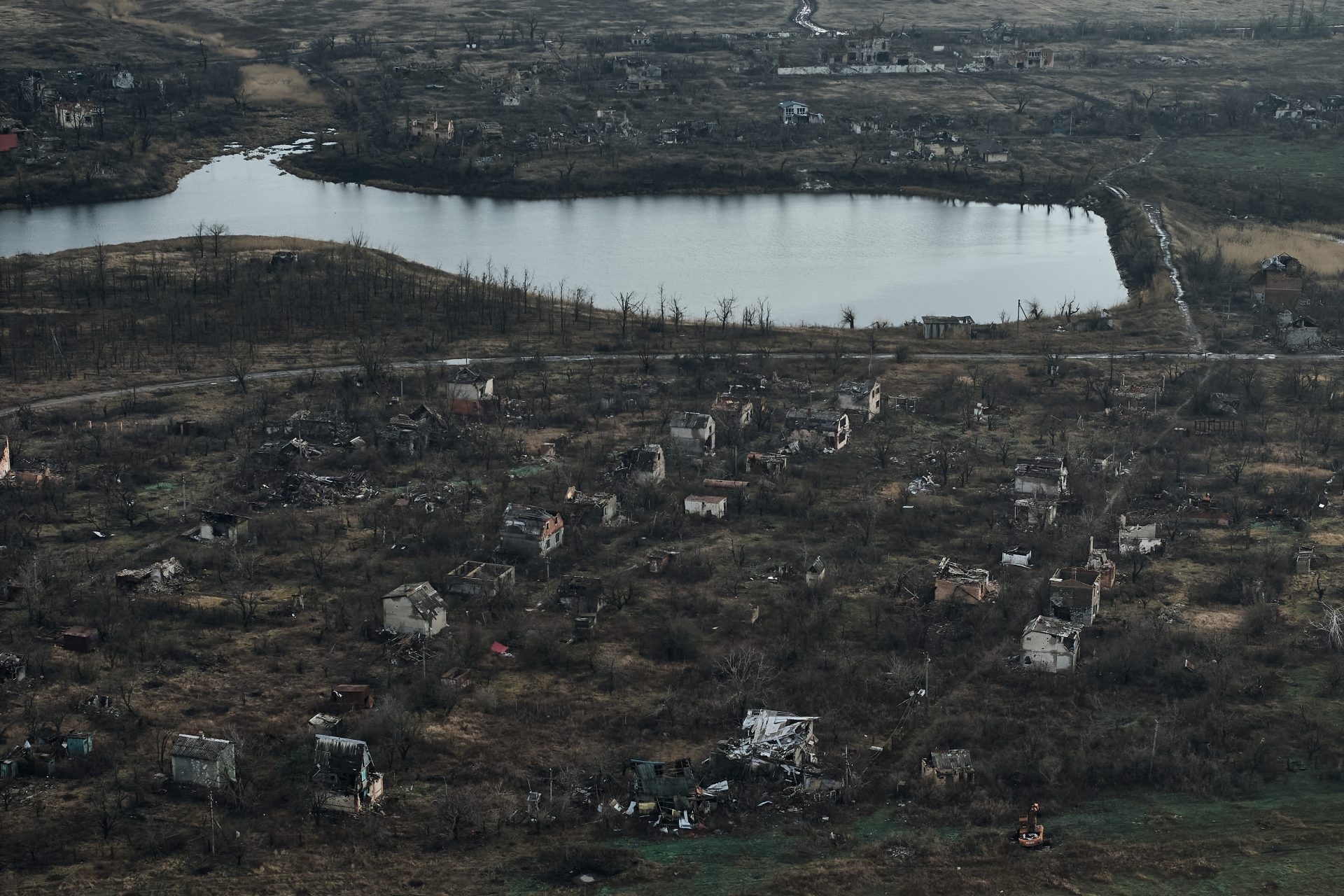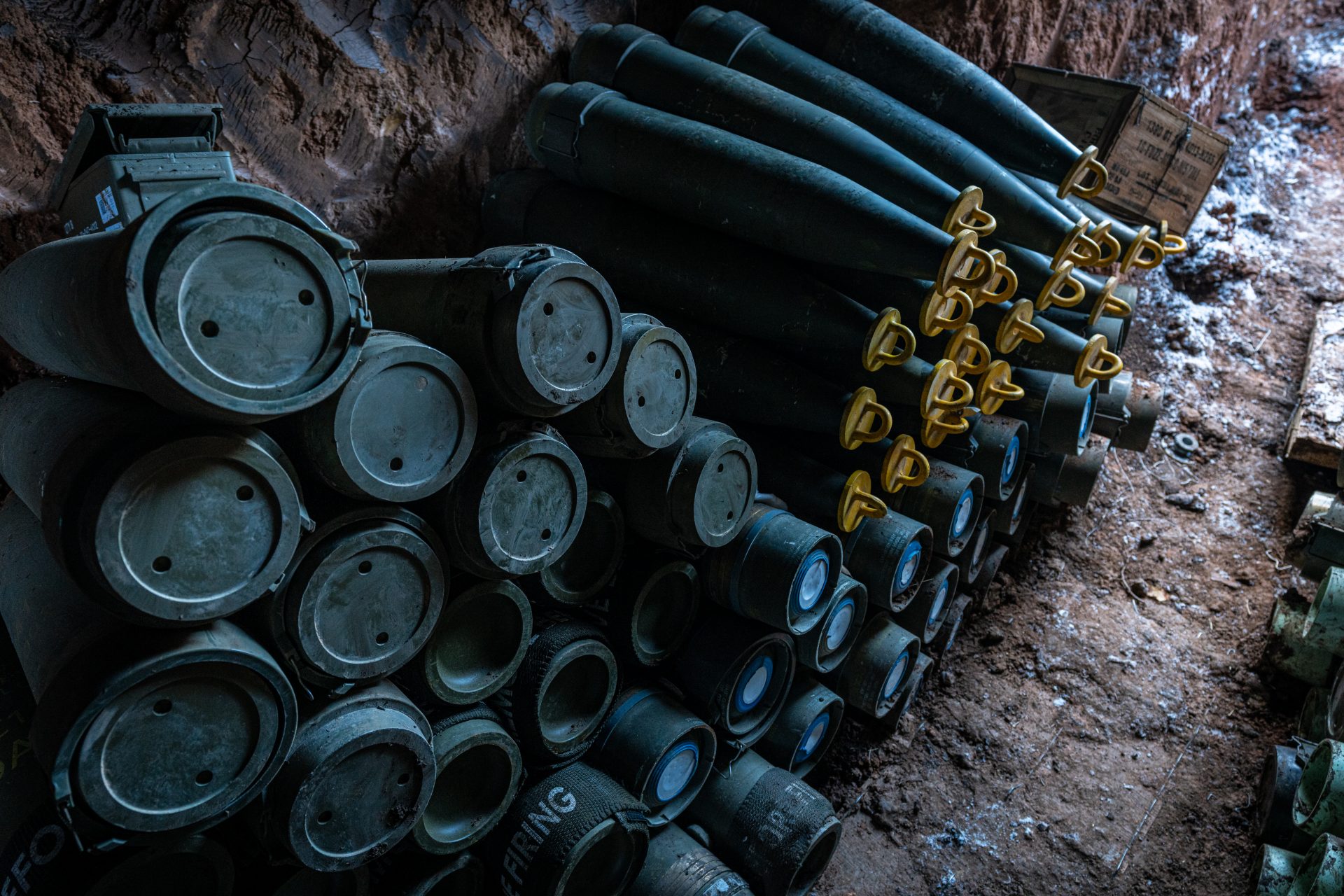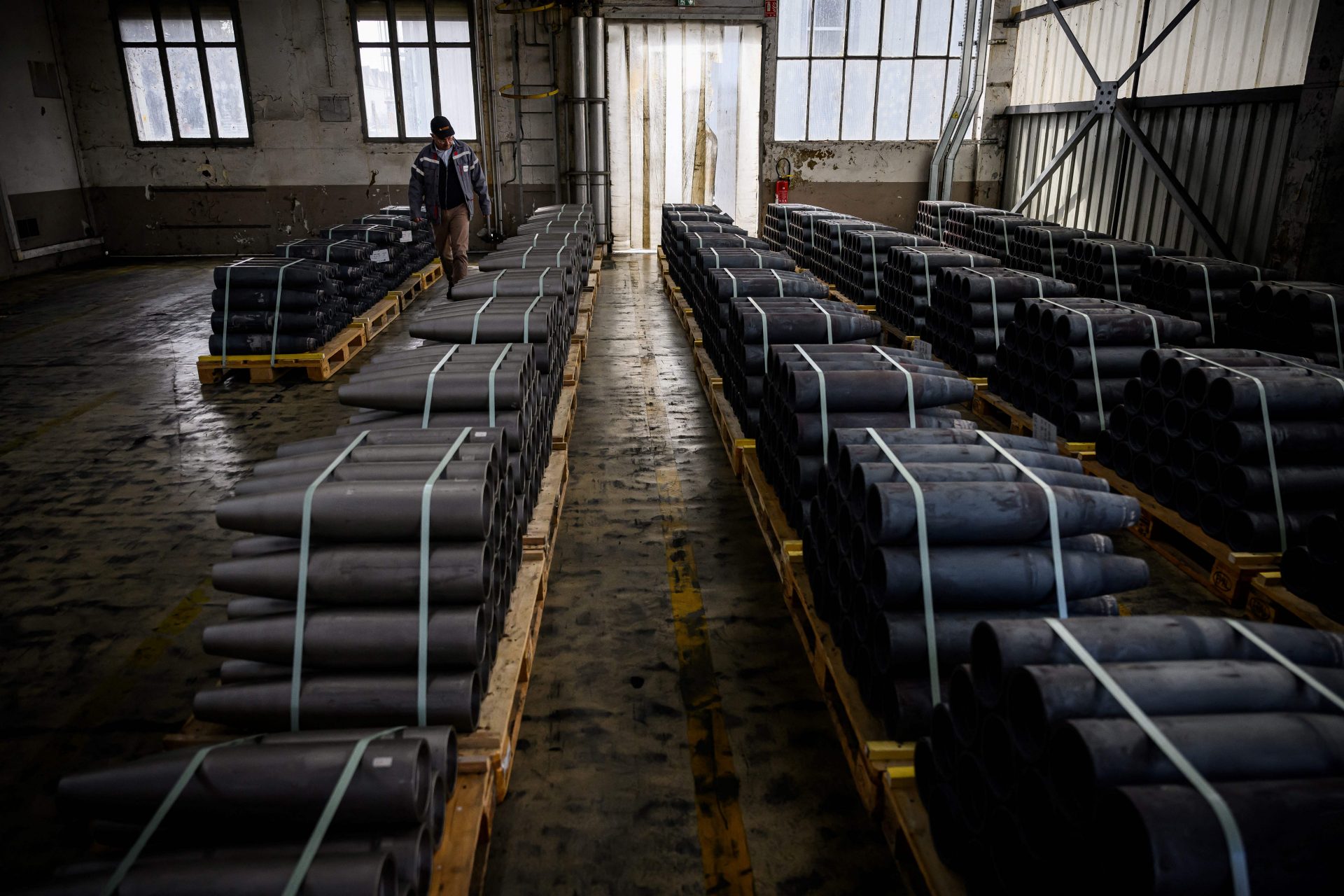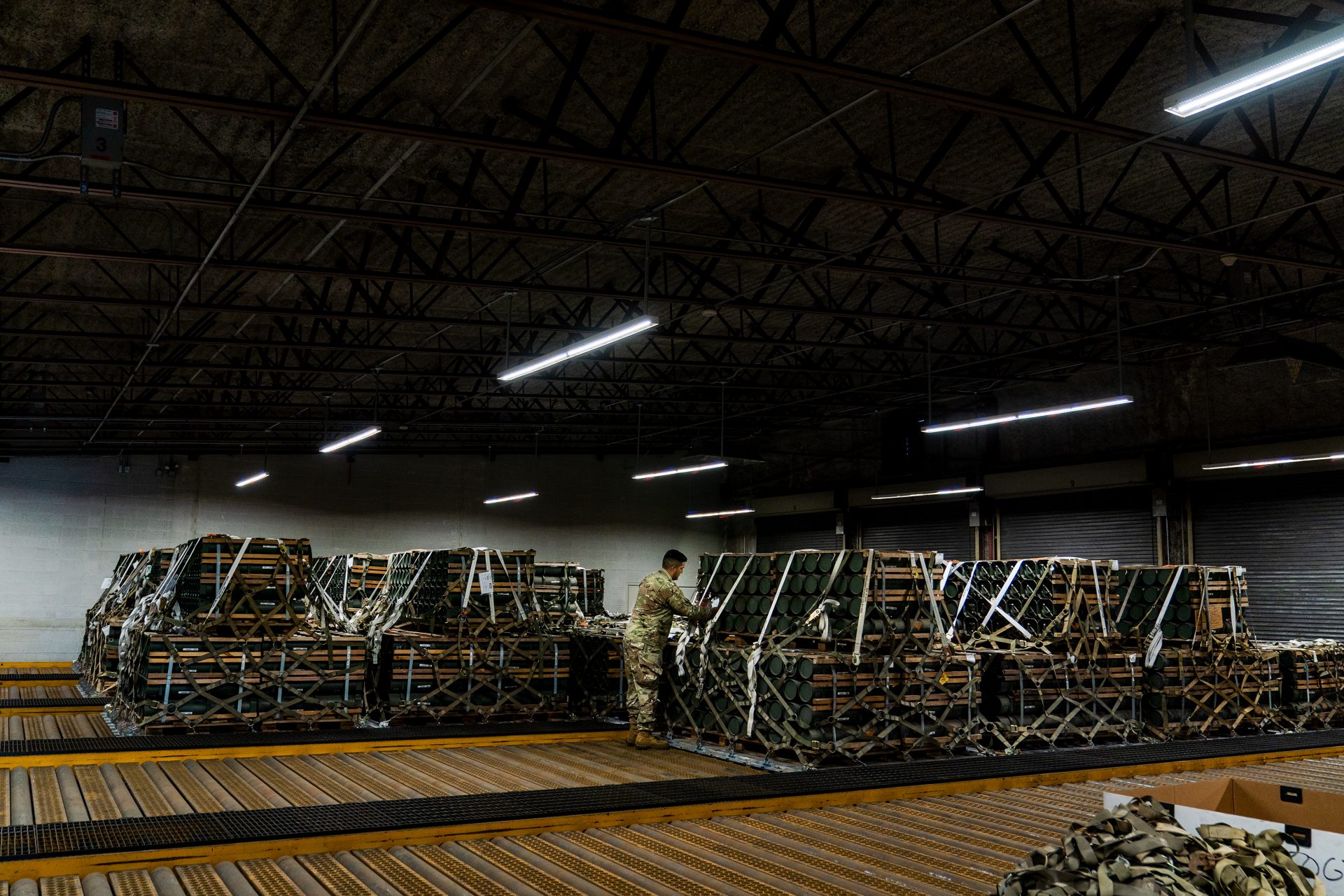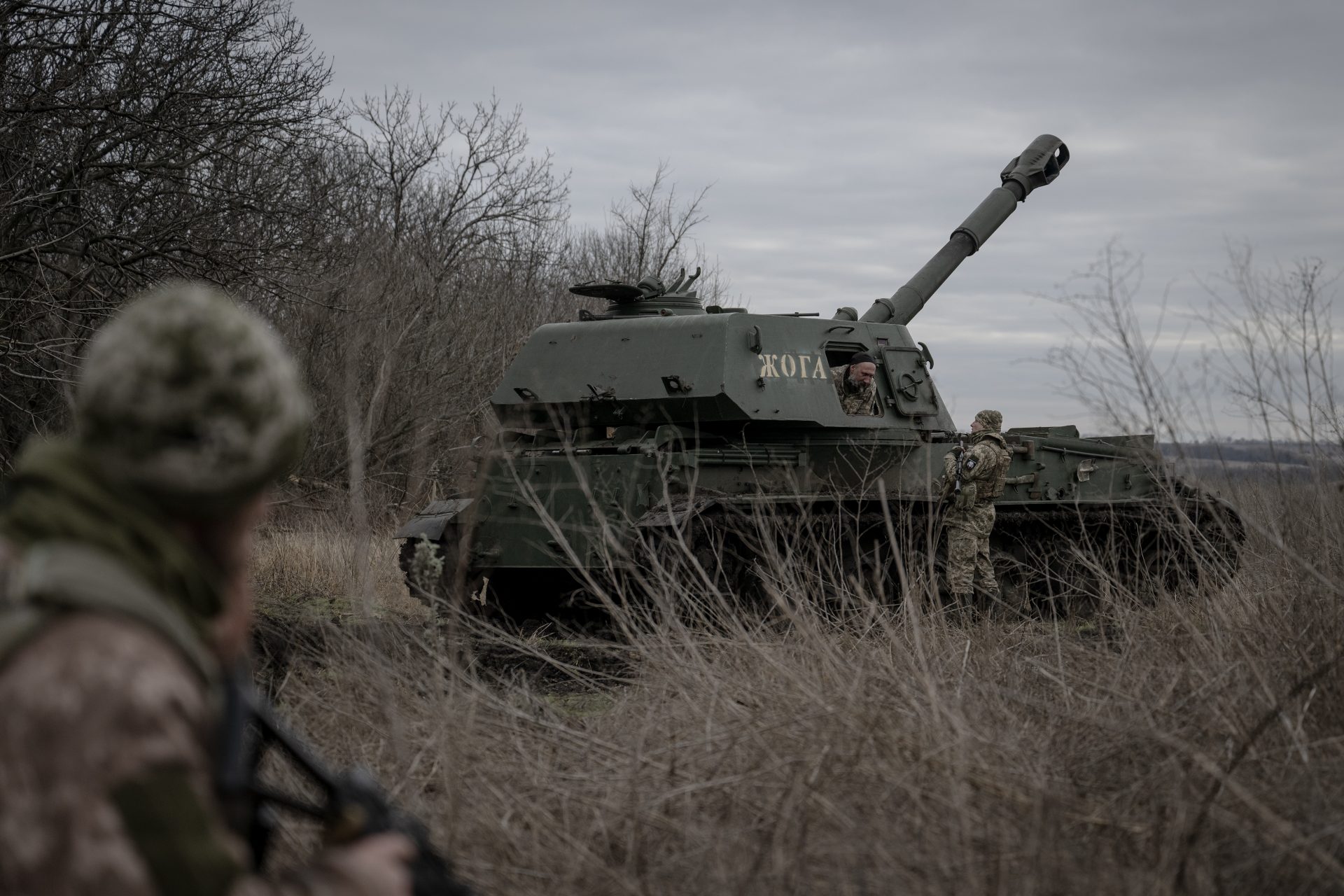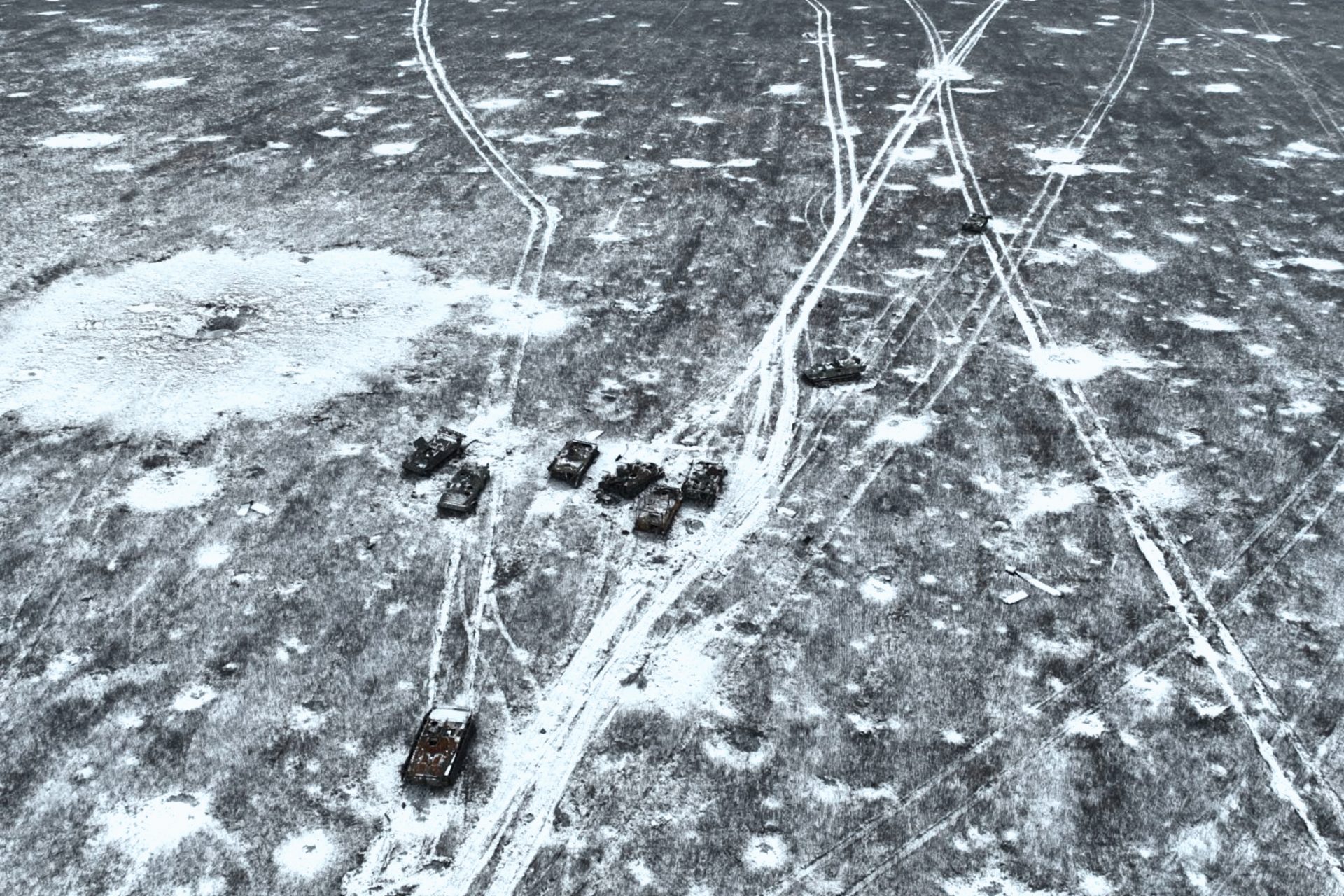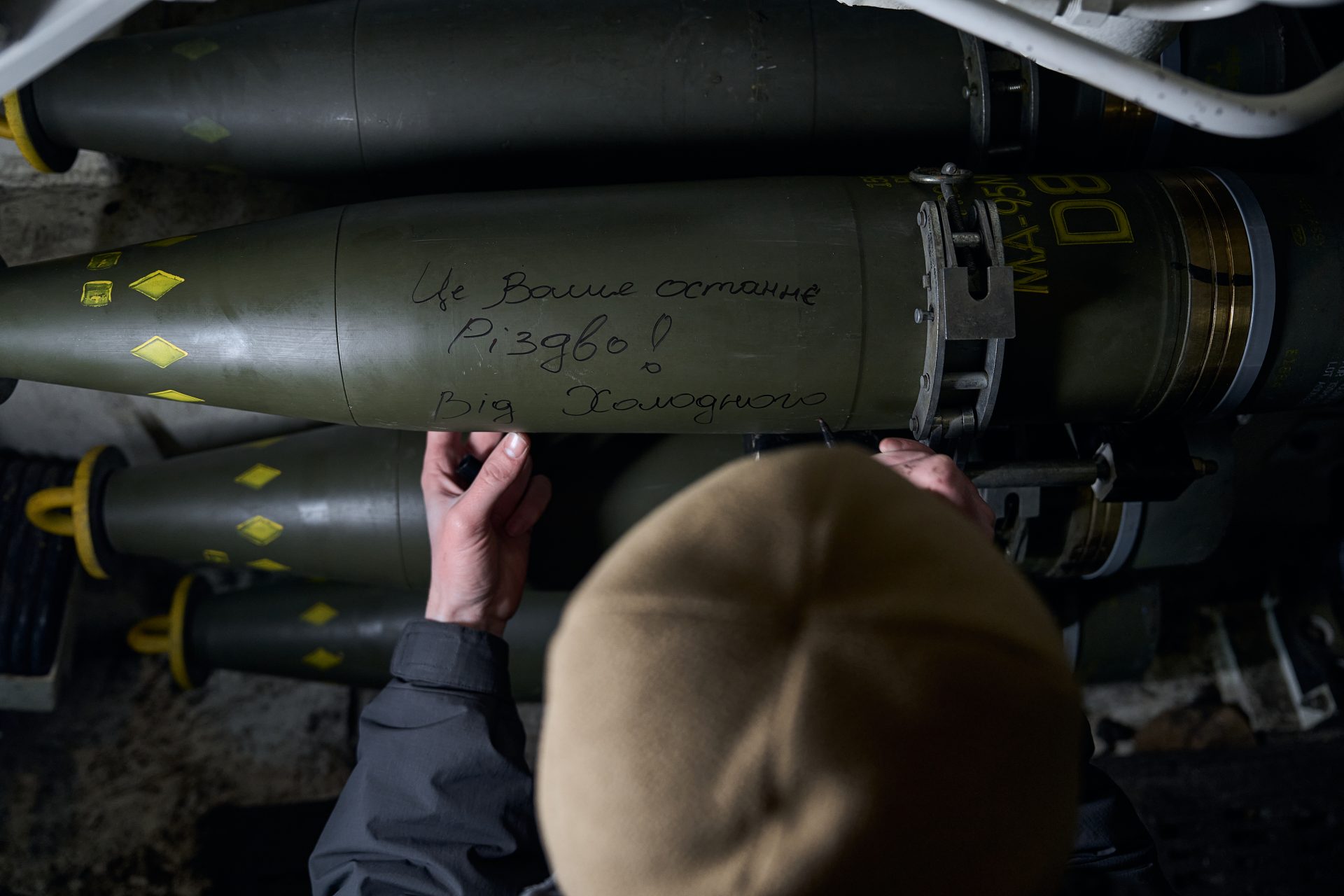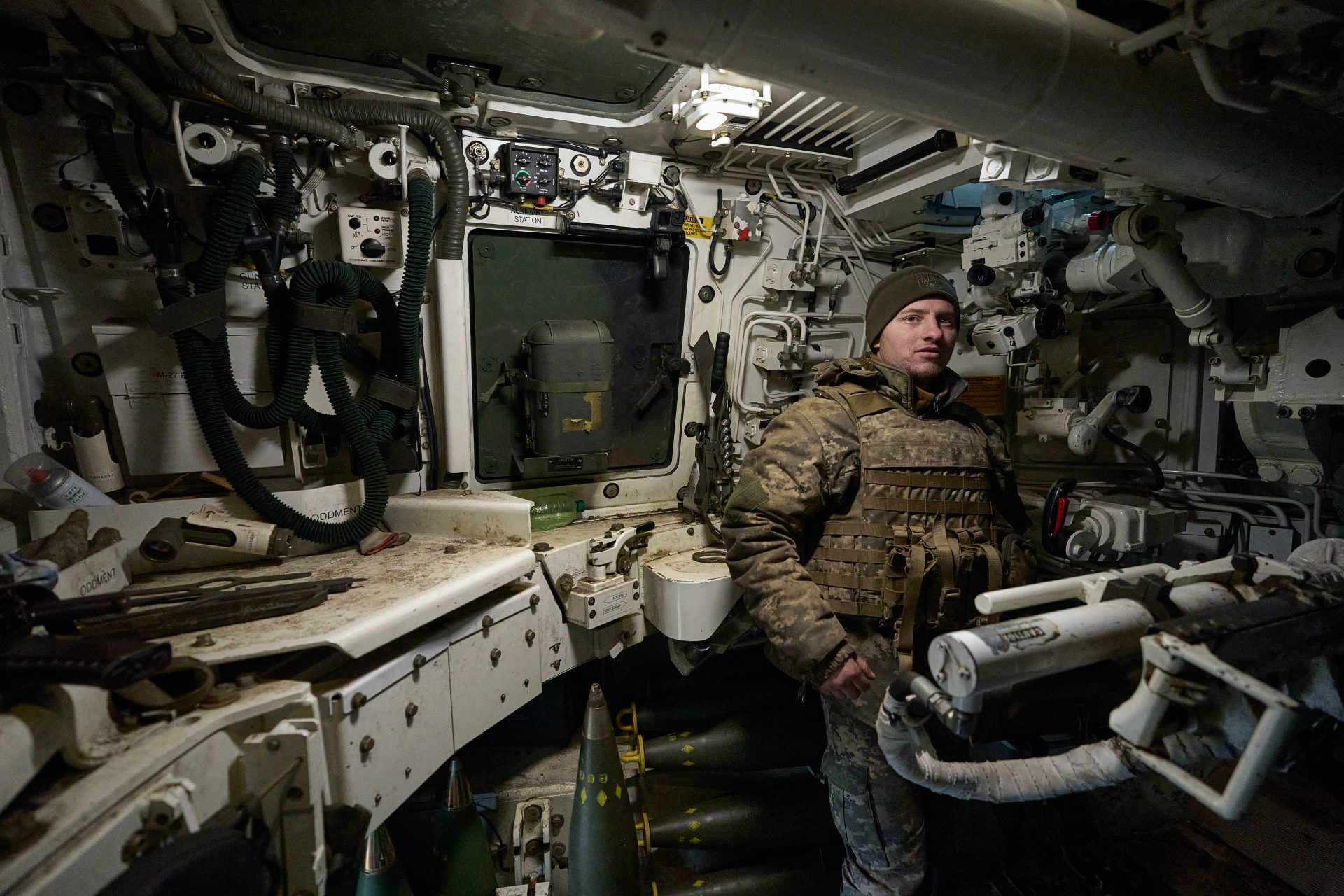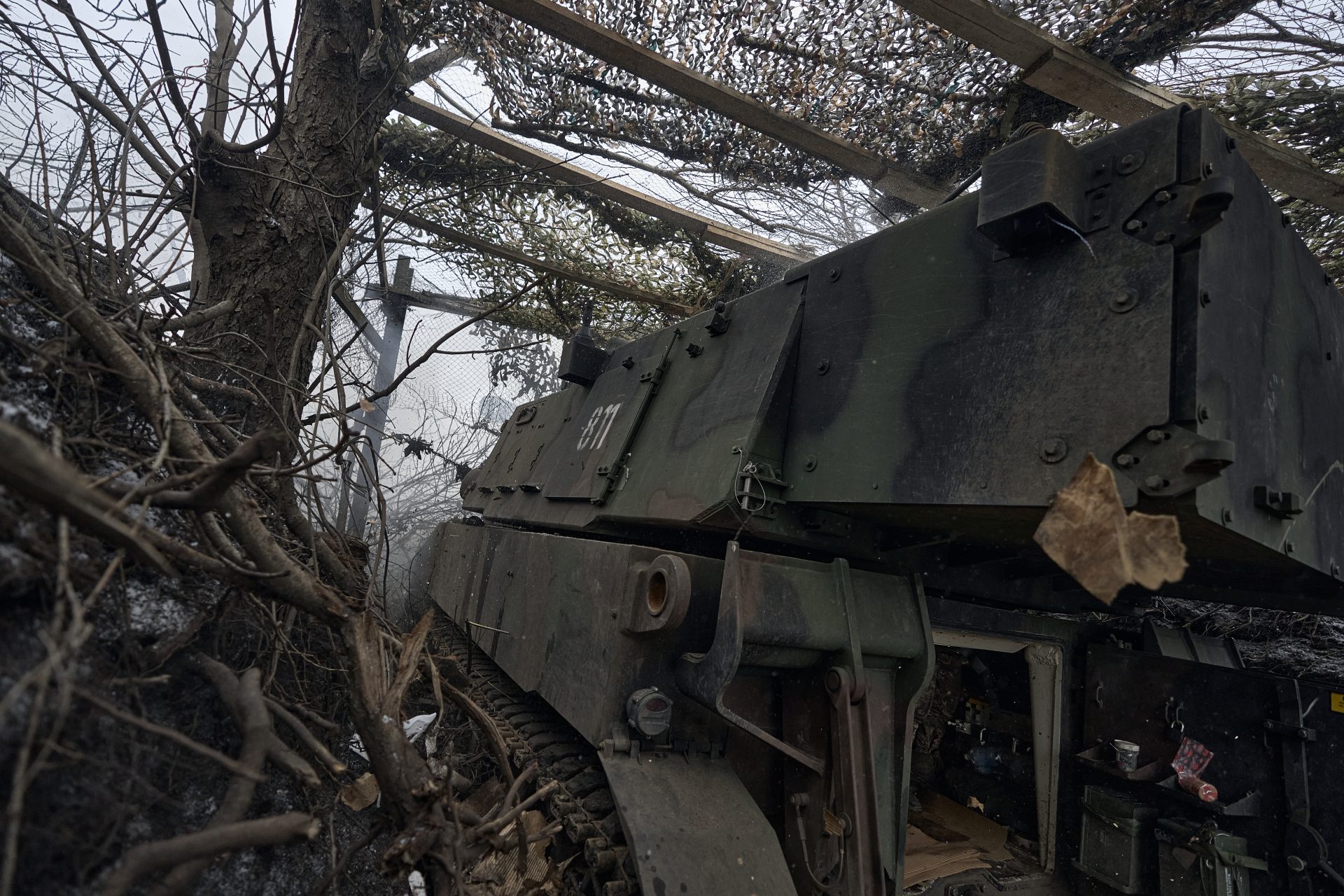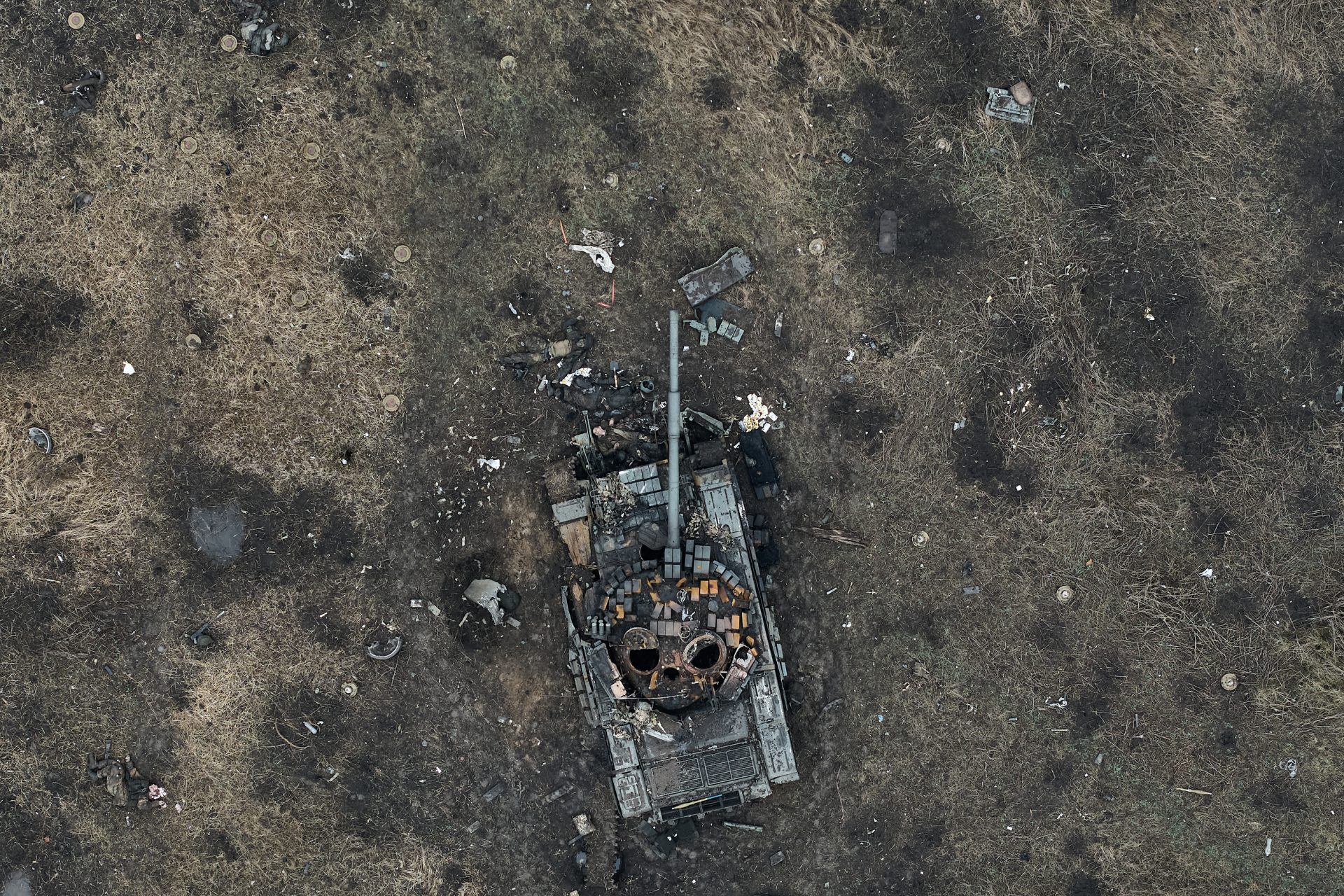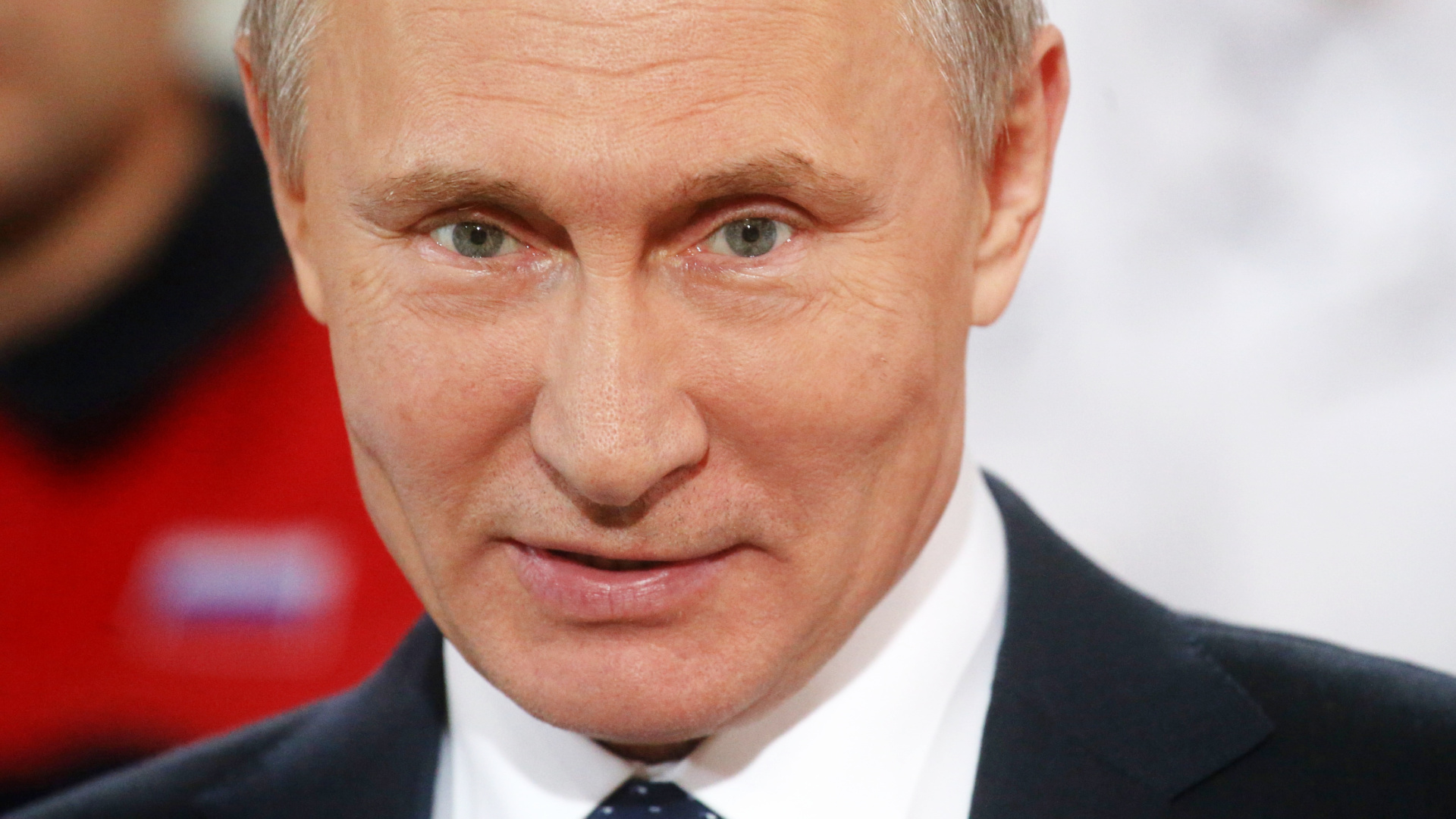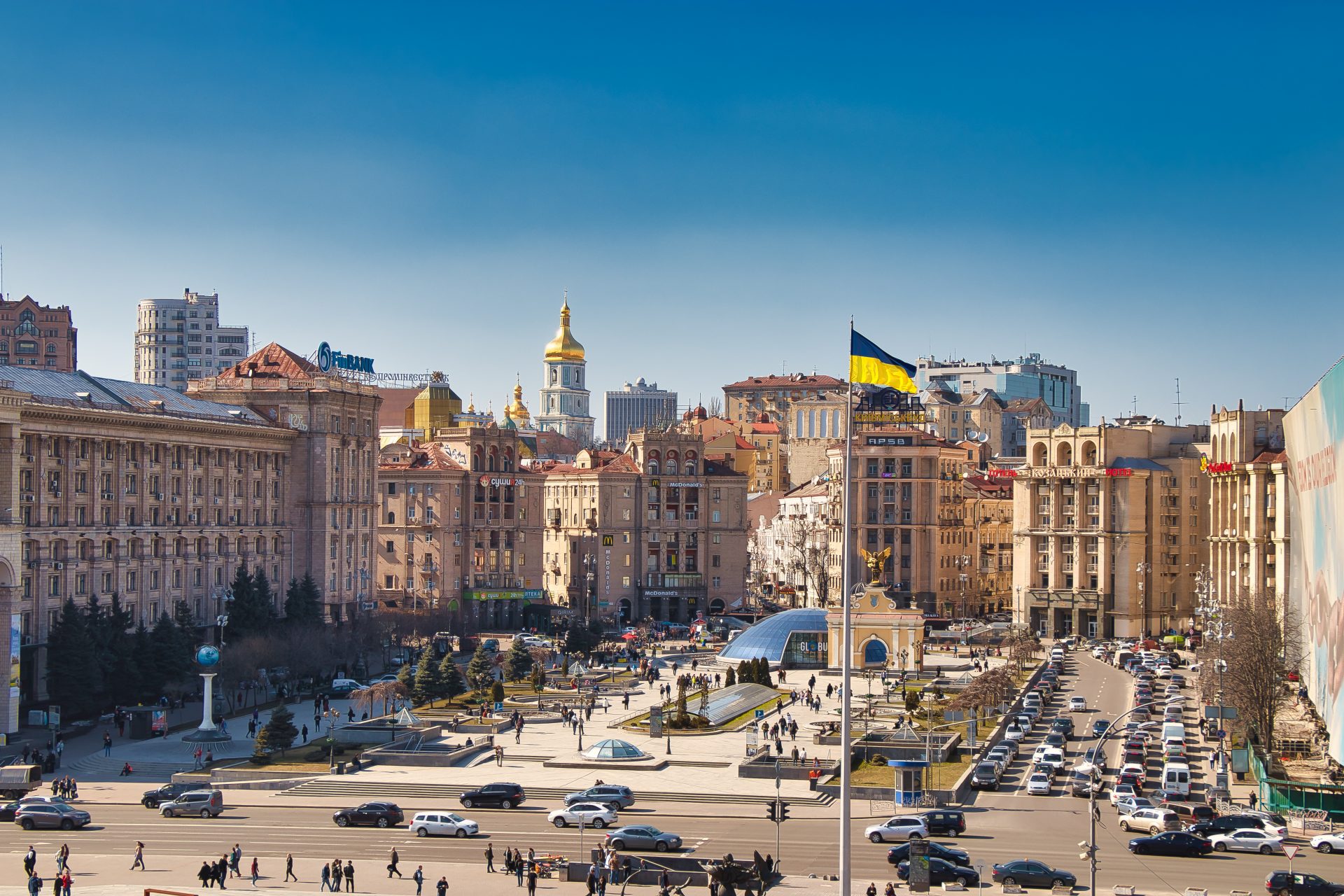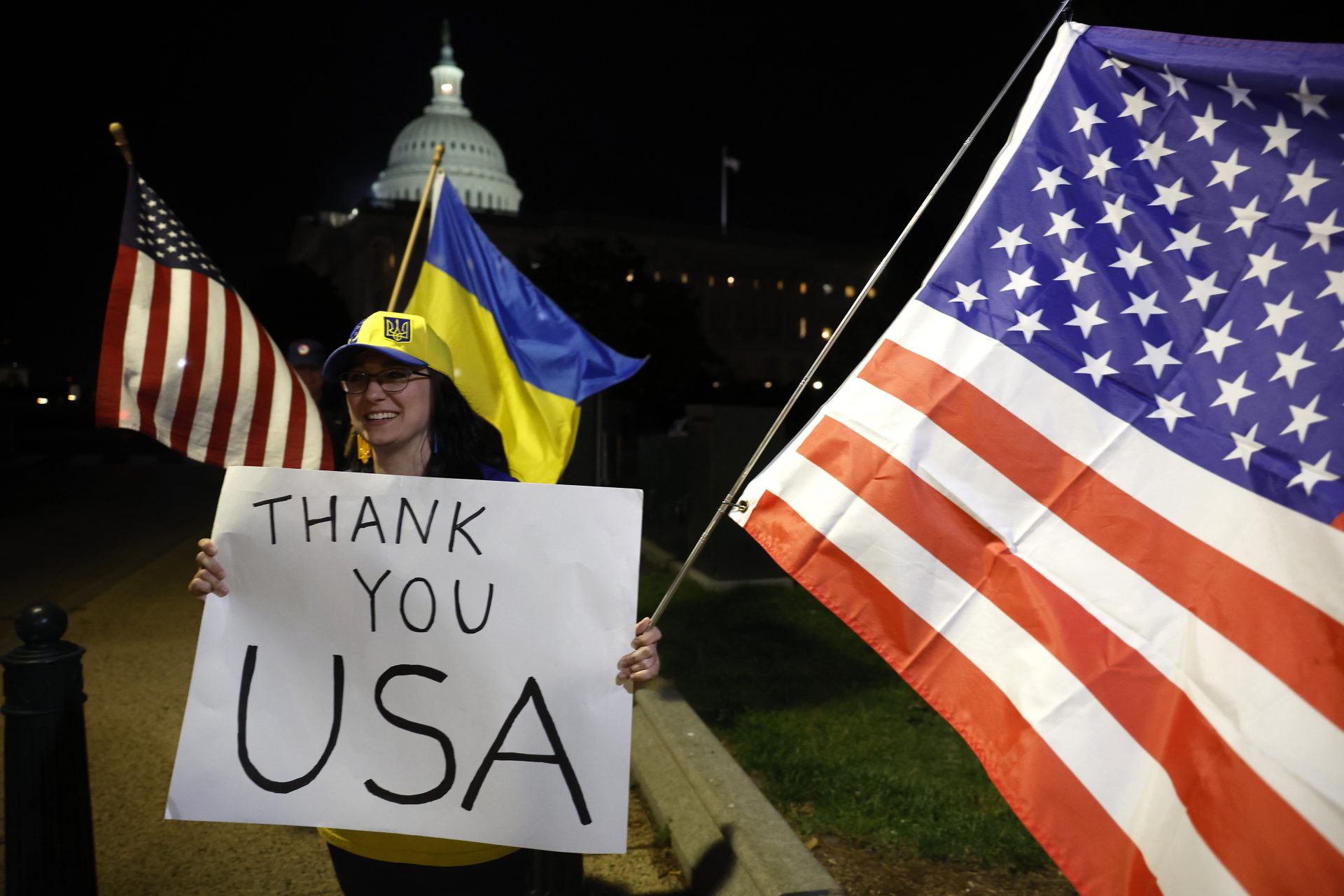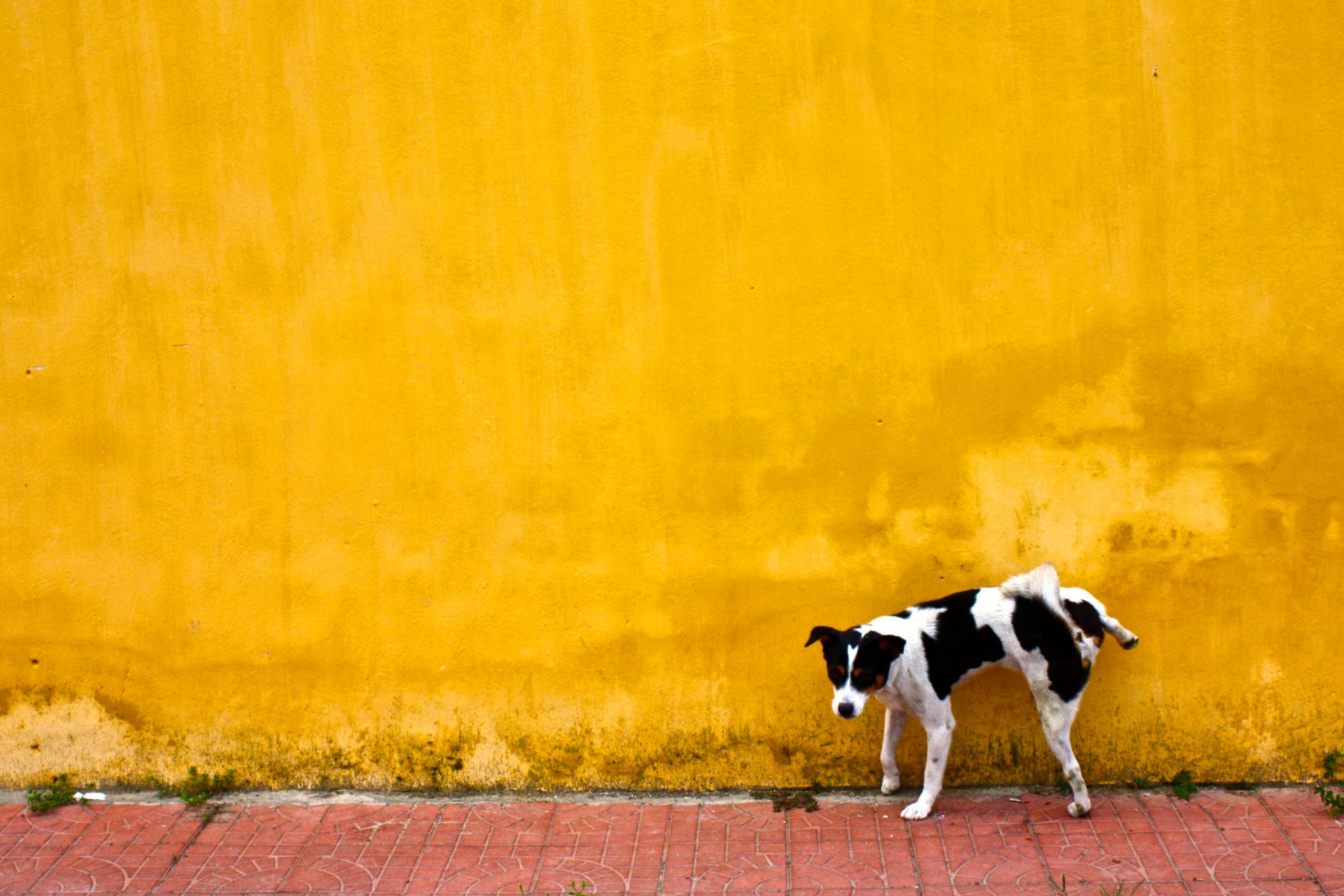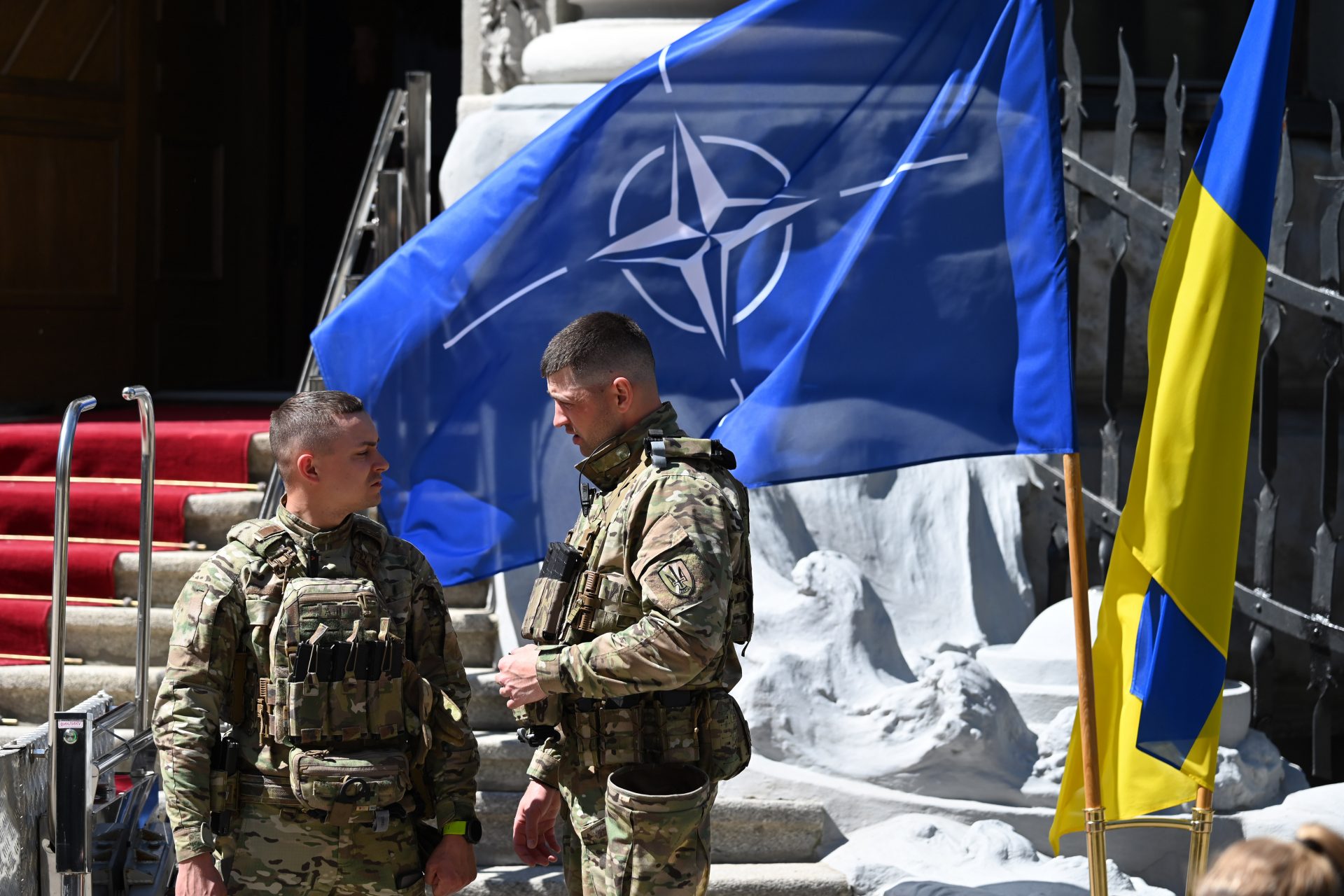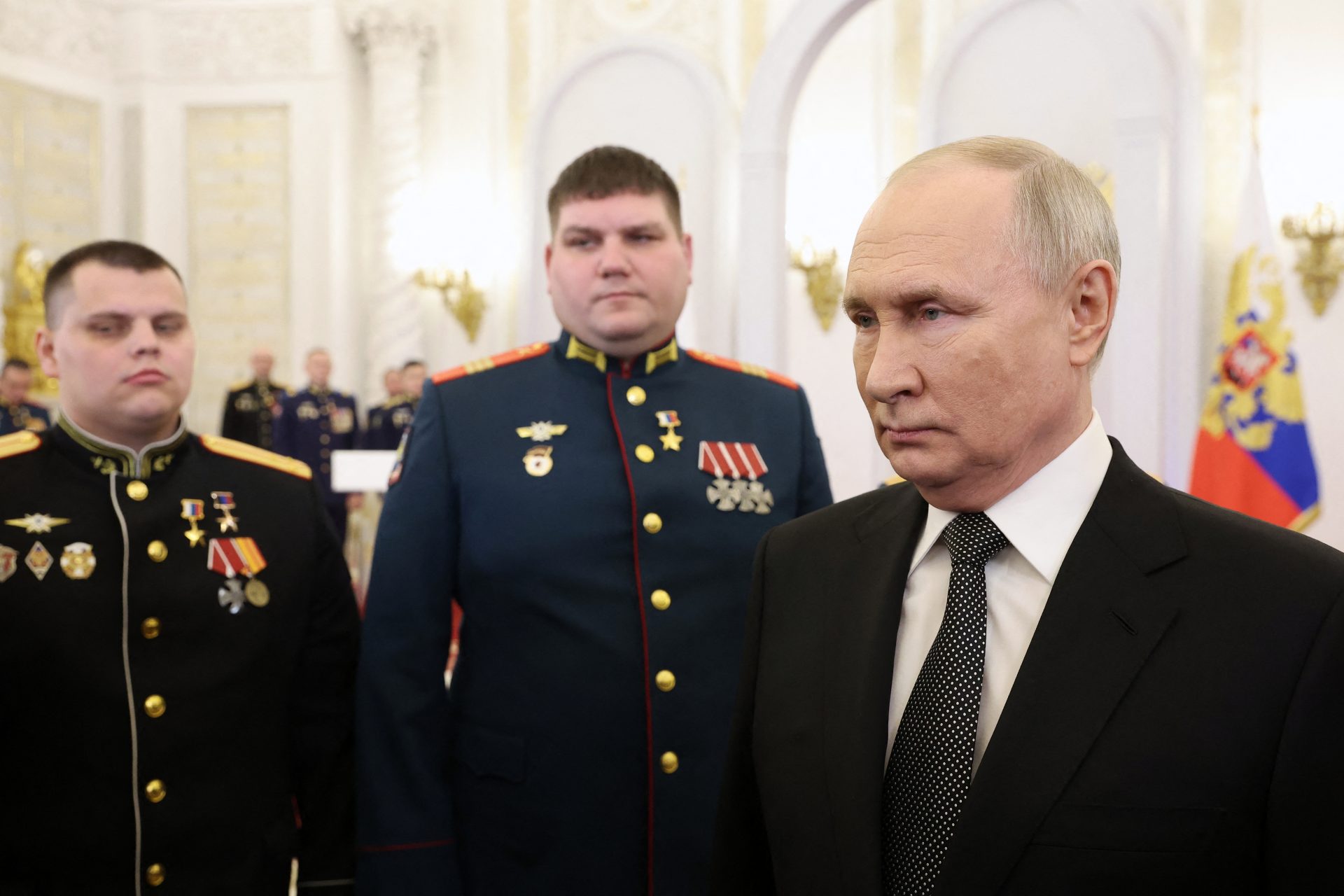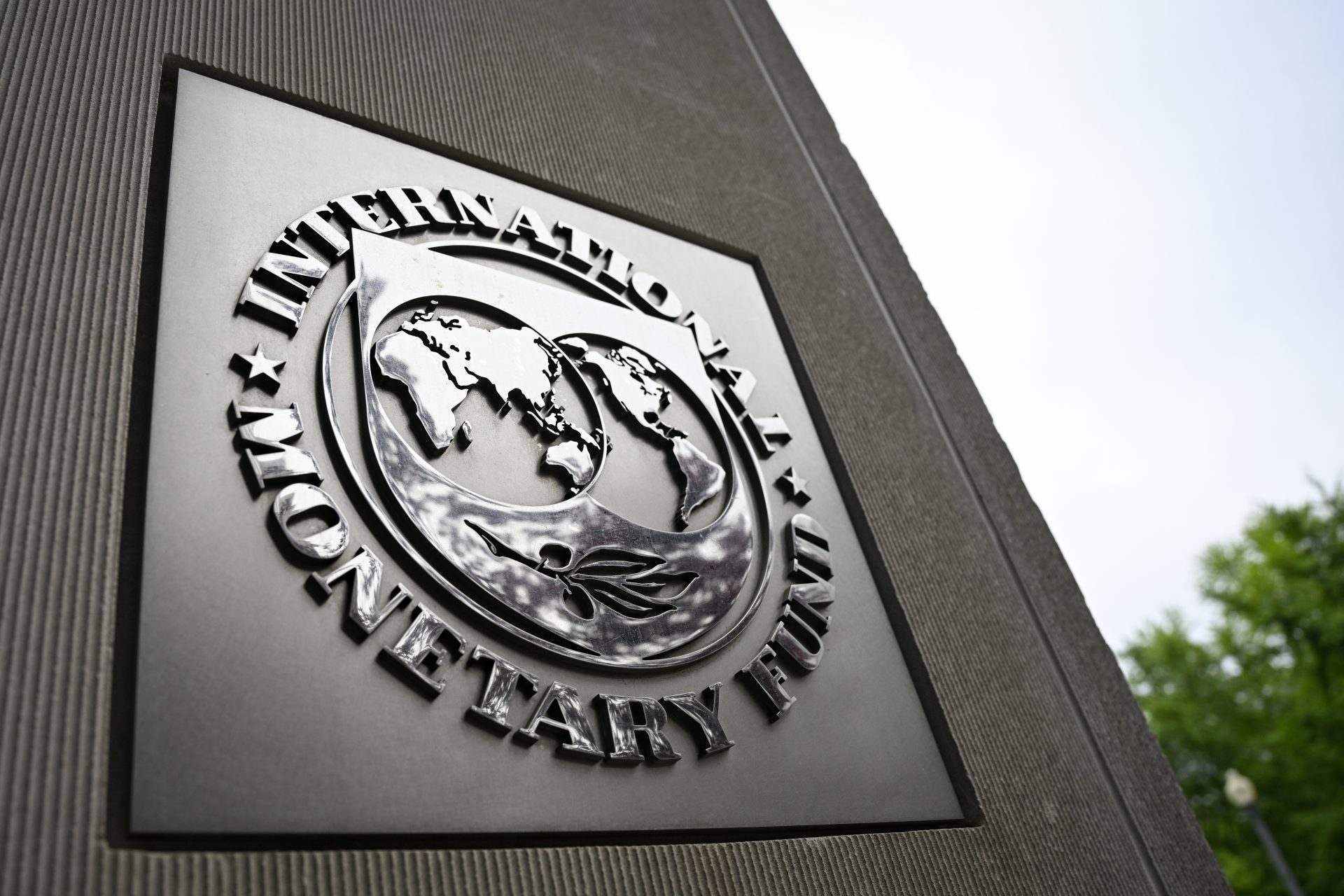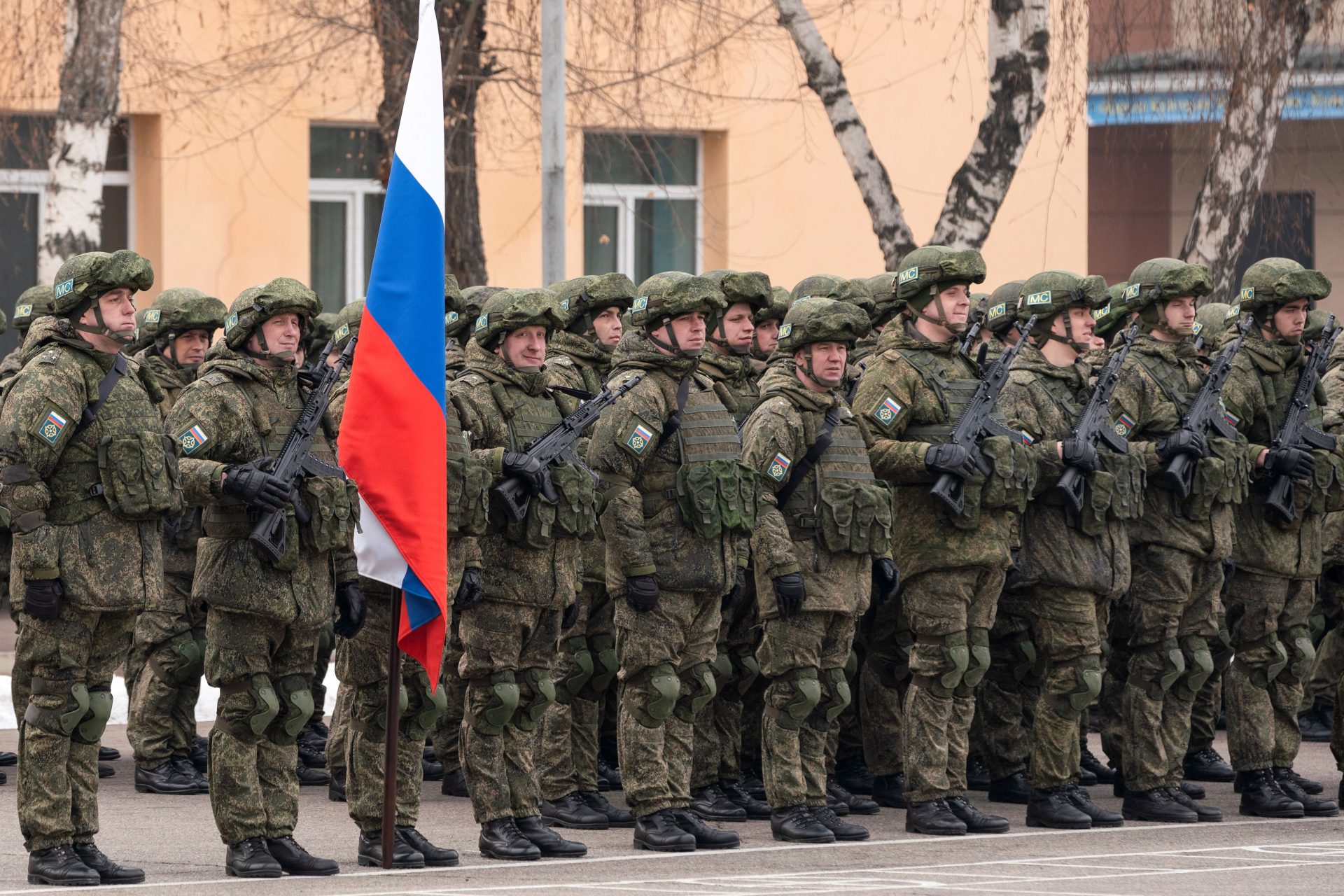Russia and Ukraine are suffering from major ammunition issues
Russia and Ukraine are both suffering from ammunition problems after two years of war but the situation is affecting each country differently and for different reasons. Let’s take a look at the problems each nation is facing.
On February 21st, several international news outlets reported on comments made by an unnamed Western official that claimed Moscow was suffering from an inability to provide its troops with enough ammunition for the war.
Domestic ammunition production was not enough to meet the needs of the war and that had forced Moscow to seek out alternative sources to increase its supply, which is not a solution that will help long term, the official noted.
"Sanctions are hitting the Russian military industrial complex hard,” the unnamed official explained according to BBC News, adding that sanctions against Moscow were causing “severe delays and increasing costs” for Russia.
Sanctions have also impacted Moscow’s ability to provide its war effort with the military equipment its soldiers need to prosecute the war in Ukraine, and a lack of access to parts from the West is impacting production and repair.
A clear example of the ammunition problems facing Russia can be found in the number of artillery shells the country’s armed forces are firing. In September 2023, an unnamed official noted Russia fired 10 to 11 million artillery shells in 2022 according to Reuters.
However, Russian artillery shell production projects from the same official were thought to be somewhere in the one to two million range. "That's the predicament they've got," the official explained to journalists Reuters reported.
"If you expended 10 million rounds last year and you're in the middle of a fight and you can only produce 1 to 2 million rounds a year, I don't think that's a very strong position,” the unnamed official added. But there are other estimates.
A December 2023 security paper from the Estonia Defense Ministry projected Moscow’s total artillery shell production will reach 3.5 million in 2024, a number threefold more than the previous year but still not enough to meet 2022 demands.
Ukraine is facing a similar ammunition shortage as Russia but one that seems more dire since Kyiv relies on its allies and partners to keep its stocks supplied. However, supplies from the United States are on hold and Europe can’t meet Ukraine's demand.
Time Magazine noted that Ukraine is currently rationing its artillery to 2000 rounds a day across the country’s 750-mile or 1,200-kilometer-long front whereas Russia is firing roughly 10,000 a day. CNN pointed out Kyiv was firing 6,000 shells a day in September according to Ukrainian MP Oleksandra Ustinova.
Ustinova told CNN the Ukrainian Armed Forces wanted to be firing 10,000 shells a day, which at the time still only would have made up a fraction of the 60,000 shells reportedly fired by Russian forces at the peak of their artillery shelling.
Ukraine's shell situation is a problematic one because of how it's now impacting the war. Mark Cancian of the Center for Strategic and International Studies told Business Insider the shell shortage “means initially not firing at suspected Russian targets, but firing only at known positions.”
Cancian wasn’t wrong in his assessment and a CNN interview with a commander from the 26th Artillery Brigade revealed the depth of the problems that Ukraine's artillerymen are facing as they work to ration their remaining stock of ammunition.
“Last summer, we used 100 shells per day. The enemy infantry did not even think about moving here. They had no plans to advance because they knew that every unit that was here would use everything they had to repel their attack,” the commander explained.
“In the past, if I saw their firing position, a dugout, machine guns… I would hit them. Now I don’t do that… The priority is the tank, the gun - if it is firing, the multiple launch rocket systems. If I see infantry and no one gives me a command, then I don’t shoot, because we have to save the shells,” the commander added.
More for you
Top Stories



